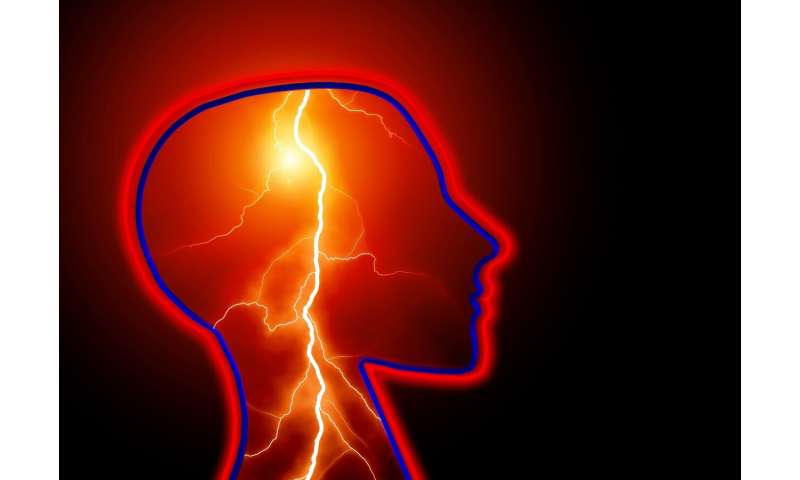Researchers examine data to identify optimal vasopressor treatment for rare type of stroke

Results of an Electronic Health Record (EHR) study assessing the most commonly used medications for raising blood pressure in patients with nontraumatic subarachnoid hemorrhage (SAH), a rare type of stroke, have been published in Neurosurgical Focus by scientists at The University of Texas Health Science Center at Houston (UTHealth).
A nontraumatic SAH causes bleeding in the area between the brain and tissue that covers the brain, called the subarachnoid space. Often caused by a ruptured brain aneurysm, this type of stroke can also be linked to malformations in the arteries and veins. Women account for over half (63.9%) of reported cases of nontraumatic SAH. If a patient survives the initial bleeding, they often experience restricted blood flow to the brain, which can lead to death in 40% of patients. In addition, 50% of those who survive have some degree of brain impairment. No clear clinical guidelines currently exist to provide doctors with an optimal drug choice to raise blood pressure in these patients.
“Nontraumatic subarachnoid hemorrhage is a potentially devastating condition with a high death rate,” said Hulin Wu, Ph.D., the study’s senior author and the Betty Wheless Trotter Professor and chair in the Department of Biostatistics and Data Science at UTHealth School of Public Health. Wu also holds a joint appointment as a professor at UTHealth School of Biomedical Informatics. “Our research goal was to use EHR data to understand which drug is better for reducing the death rate for these patients.”
The research team extracted the data from a nationwide EHR database on three common vasopressors—dopamine, norepinephrine, and phenylephrine- which are commonly administered after a nontraumatic SAH in order to increase the patient’s blood pressure and maintain the necessary pressure for blood flow in the brain.
The research team identified 2,634 patients who suffered a nontraumatic SAH at 200 hospitals over 14 years. Of those, 559 (21.2%) were treated with dopamine; 1,342 (50.9%) with phenylephrine; and 733 (27.8%) with nonrepinephrine. Of the 2,634 participants, 59.8% survived and were discharged from the hospital, and 36.5% either died in the hospital or were transferred to hospice care. Another 3.7% had unknown mortality status.
The data revealed that patients who received phenylephrine as the first vasopressor treatment had a mortality rate of 24.5%, while the rates for patients receiving dopamine and norepinephrine were 50.6% and 47.6% respectively. The data also indicated that the decreased mortality rate for phenylephrine held true even when the patient had acute comorbidities such as a heart attack, renal failure, or sepsis.
Previous research on phenylephrine suggested that it was not the optimal vasopressor choice to treat SAH and was associated with worse outcomes. While dopamine and norepinephrine have been recognized as more potent options, they can lead to complications associated with excessively high blood pressure, the researchers noted.
“Doctors have multiple vasopressor options to choose from to treat this disease, but until now there weren’t studies to reference in actively comparing the choices and weighing the consequences of each treatment option,” said George Williams, MD, the study’s first author and an associate professor of critical care medicine in the Department of Anesthesiology at McGovern Medical School at UTHealth.
Source: Read Full Article
